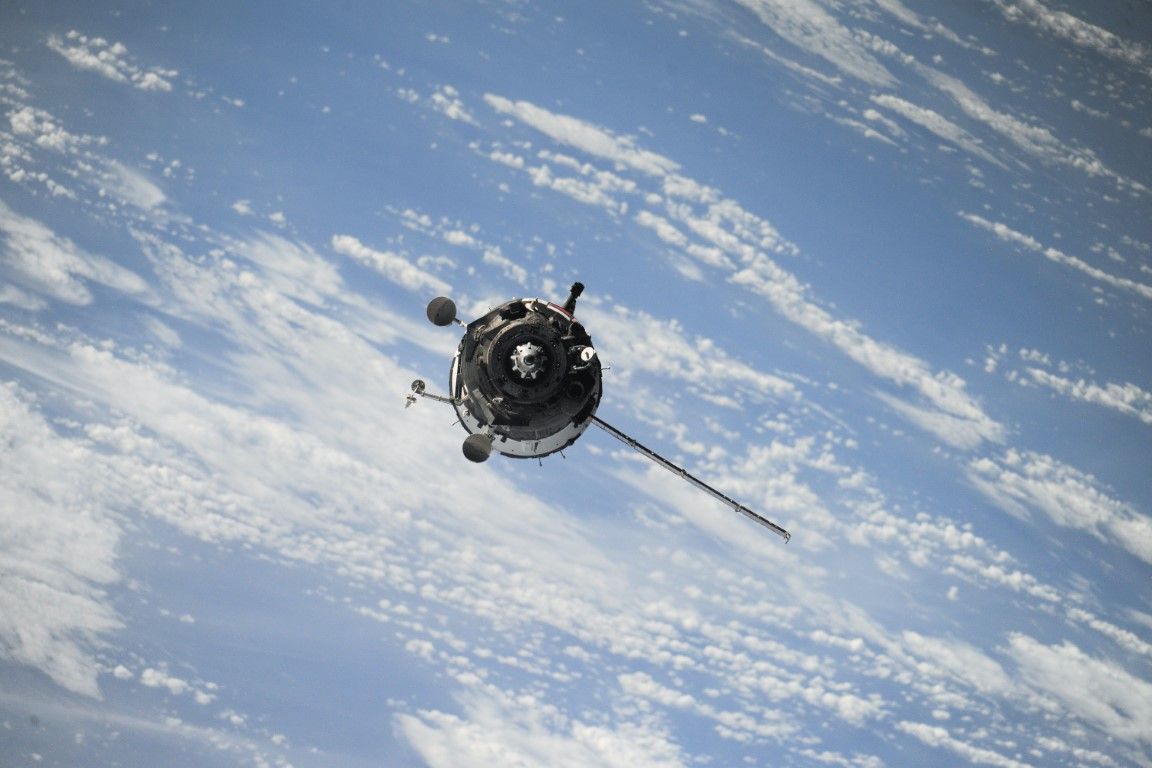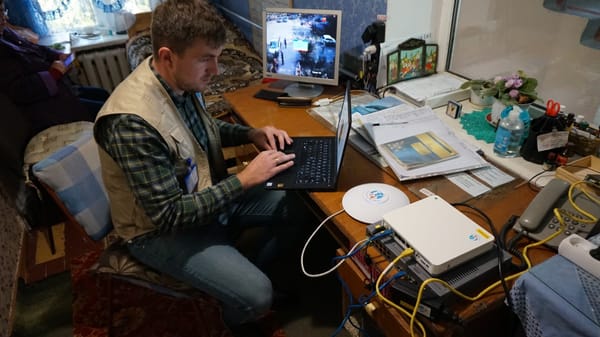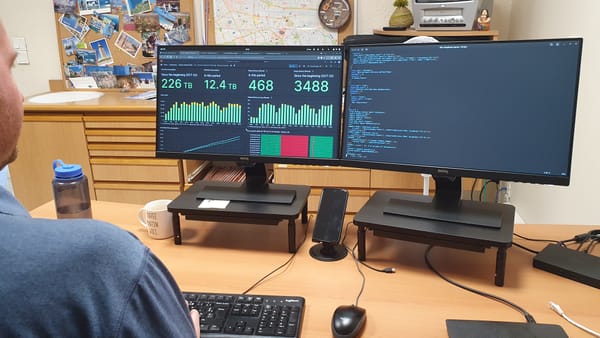Everyone has a rough idea of what a satellite's orbit is: it's the path followed (in space) by the satellite around the Earth. Here, we'll be talking mainly about artificial satellites, which provide useful services for humanitarian action. The Moon is also a (natural) satellite of the Earth, but its link with humanitarian action is less obvious. By the way… how far is the Moon from Earth ? And how far are the artificial satellites ? That's exactly what we are talking about when speaking about satellite orbits.
The 3 main satellite orbits and their uses
The different types of satellite use a variety of orbits including geostationary orbits, middle orbits, low (polar and nonpolar) earth orbits, and other elliptical orbits that we won’t cover in this short article.
- Low Earth Orbit (LEO) satellites circle the Earth 160 – 2,000 kilometers above its surface. These satellites can circle the entire Earth in approximately 1.5 hours, while receivers on the ground track them. They require the least amount of power to transmit their data to the Earth.
LEO’s close proximity to Earth makes it useful for satellite imaging, remote sensing and scientific research.
In recent years, several companies such as OneWeb and SpaceX are developing large constellations of communication satellites.
- Medium Earth Orbit (MEO) satellites which orbit at 2,000 – 35,000 km above the planet’s surface assuring a full rotation around the Globe in 12 hours.
MEO satellites do not need to take specific paths around Earth, and are linked to a variety of satellites and in particular navigation constellations like GPS, Galileo, Glonass, Beido…
- Geostationary Earth Orbit (GEO) satellites, on the other hand, orbit 35,786 km above the planet’s surface. They are considered to be stationary because, positioned above the equator, they travel at the same direction and (angular) speed as the Earth's surface. Thus, they appear to be fixed to a given spot on the Earth. To get a full coverage of the globe except the poles, a minimum of 3 geostationary satellites is required.
GEO is widely used for communication satellites. Their "fixed" position relative to the Earth enables them to establish efficient radio channels thanks to a precise pointing operation, which is part of the implementation of any fixed antenna or VSAT solution.
If you wish to learn more about satellites and orbits, you can check this article from ESA.
Nice… but what does it imply for a humanitarian mission?
Unlike satellite imagery or earth observation services, where satellite data is processed before being sent to users, satellite communications involve direct interaction with the satellite or a constellation of satellites.
During a humanitarian mission, if terrestrial networks are down, the field teams will probably have to use satellite communications. The question of the type of orbit will arise when it comes to technical requirements. That is, whether they will need to point the antenna in a specific direction (GEO) or not (LEO), and whether this requires technical knowledge and training.
But the first and foremost issue we have to worry about is the coverage of the service. Although a GEO satellite covers a large part of the Earth, this does not mean that the service is provided everywhere.
Satellite antennas are made up of very precise reflectors (or more recently phased arrays) that create beams. Each beam covers part of the surface. By merging all the beams, we obtain a coverage map showing where the service is theoretically available.
Like every other service, satellite communications are subject to national regulations that must be followed in every country. When we cross the coverage map with the availability of the service in the country of intervention, we have most of the needed information to decide whether a satcom service can be used in a mission or project!
This is the essence of the use of technology in humanitarian action and probably everywhere. Every solution has its strong points and its difficulties, and the question is to identify which of the available technologies will work in the given constraints of course, and meet the needs as effectively as possible.
And for the record, the Moon's orbit is about 384,400 km from the Earth, more than 10 times further that the GEO!











Member discussion